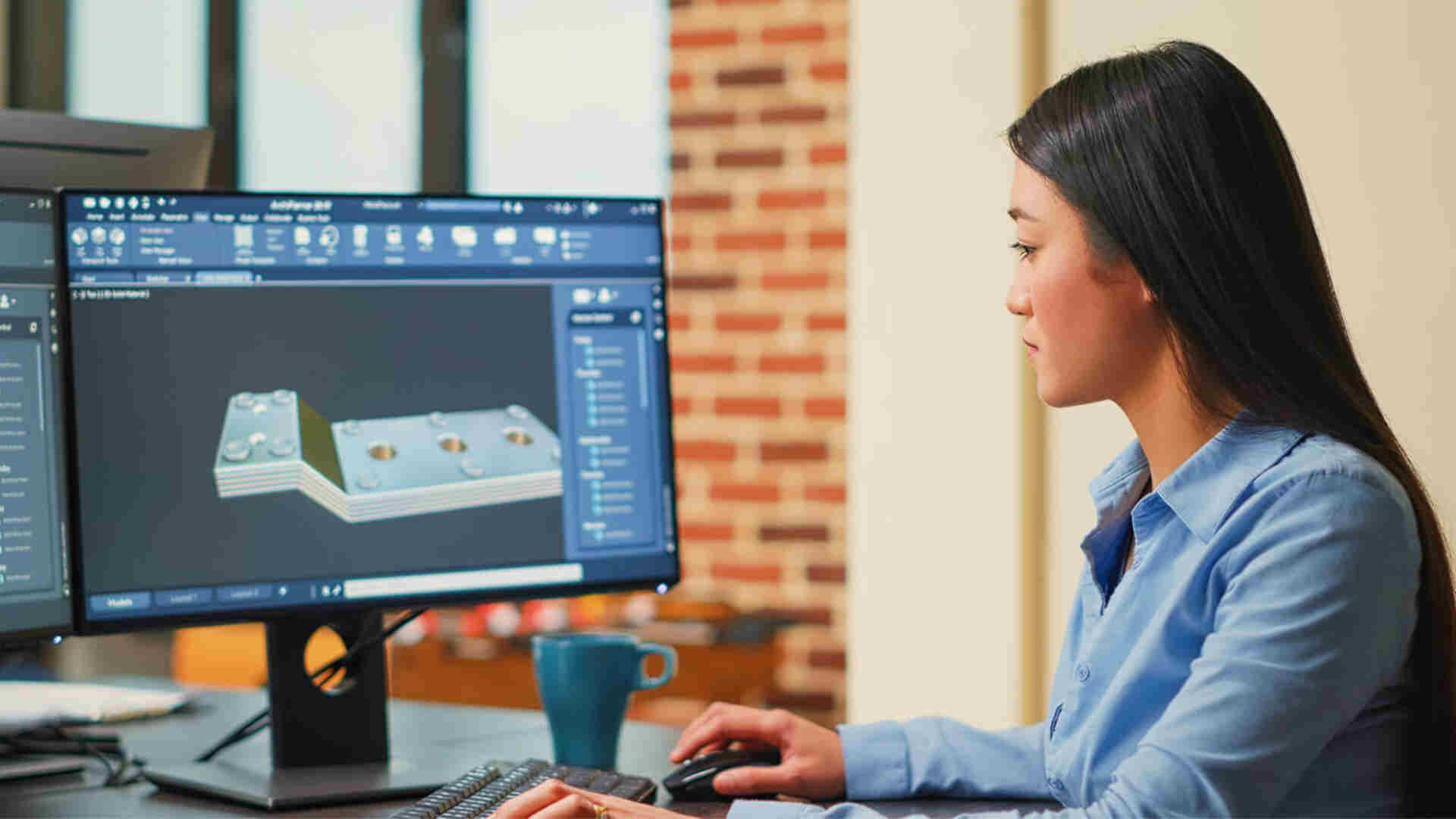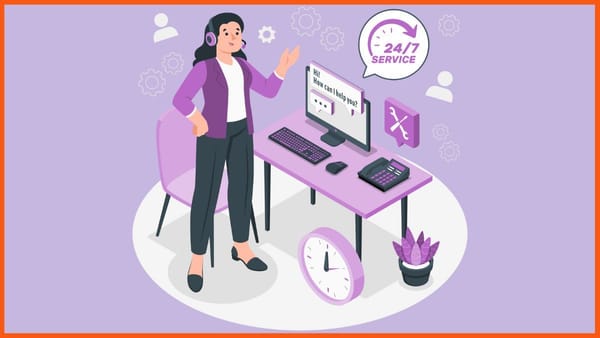6 Common Mistakes in 3D Modeling and How to Avoid Them

3D modeling might be all about creativity, but that creativity is useless unless you learn all the rules first. If you’re just starting out, you’re bound to fail over and over again before you finally succeed. However, if you learn from other creators’ mistakes, the day when it happens might come sooner. Let’s take a look at what those mistakes are and how to avoid them.
#1 Not Planning Your Model
One of the most basic yet common mistakes in 3D modeling is failure to design a thorough plan and jumping straight into modeling instead. This might seem like an obvious step, but newer creators are often impatient, and they sprint through the designing part or skip it altogether. This results in inefficient workflows and, ultimately, poor results.
It’s important to first sketch your ideas and understand the specific requirements of your model. This implies gathering reference materials, deciding on the primary shapes and forms, and considering the end-use of your model, among other things. The goal is to have the entire roadmap pre-planned before even starting the modeling stage.
#2 Ignoring Topology
Another fatal mistake that 3D creators make is failing to properly consider topology. Topology is crucial for the performance and appearance of your model; it ensures that your model deforms correctly during animation, looks good when textured, and renders efficiently. A few helpful strategies would be to use quads and avoid n-gons if possible, but that’s just the tip of the iceberg.
If you feel like topology isn’t your strong suit, consider hiring someone who can develop a step-by-step guide for you. There’s nothing wrong with getting help when you feel out of your depth. Just like companies outsource e-commerce customer service—check here if you’re interested—3D creators can and should delegate the 3D modeling aspects they aren’t yet experts in.
#3 Overcomplicating the Model
Unlike the previous two mistakes, the tendency to overcomplicate the model is equally common in beginners and experienced creators. Even experts who’ve been in the industry for years sometimes end up with a cluttered and unmanageable model because they fail to edit their ideas.
To avoid the same pitfall, start with a simple base model and gradually add details. Focus on getting the primary shapes and forms right before moving on to finer details. Not only will you keep your model manageable this way, but it will also make it easier for you to make any necessary adjustments (which are inevitable, no matter how big of a pro you are).
#4 Poor UV Mapping
UV mapping is arguably the most universally hated part of the 3D modeling process. No surprises here—it’s quite tedious. And yet, proper UV mapping is essential. It ensures that your textures look good and fit the model.
If you struggle with UV mapping, start by creating a clean UV layout with as few seams as possible, and try to keep the UV islands proportionate to the actual size of the parts they represent. UV grid textures can help with that.
#5 Not Using Reference Material
The romantic outlook on 3D modeling suggests that it’s all about creativity and unrestrained imagination, but that’s not actually the case. In reality, modeling from imagination without references results in models that lack realism and accuracy. If that’s the goal, no problem—although even sci-fi models need to be sufficiently realistic to be compelling.
Otherwise, the more relevant reference images and sources you have, the better. Say you’re modeling a historical building. You will need to collect photos, architectural drawings, and precise measurements to guide your modeling process. Similarly, if it’s a character, use specific anatomical references to achieve correct proportions and realistic muscle structure.
#6 Forgetting to Optimize for Performance
This one goes hand in hand with overcomplicated models. When creators fail to edit themselves and end up with an overly complex model, performance issues are inevitable. If your model is supposed to have any real-time application (say, in games), putting visual quality above performance is the biggest mistake you can possibly make.
To avoid falling victim to poor optimization, learn relevant techniques, such as reducing polygon count and using Level of Detail (LOD) models. Also, consider using normal maps and bump maps to simulate high detail on low-polygon models. These maps can give the illusion of complexity without the performance cost of actual high-polygon models.
An Afterword
Obviously, this list of 3D modeling mistakes is nowhere near complete. However, avoiding at least these six is a great place to start. Plan your model thoroughly, focus on topology, stay away from overly complex models that are guaranteed to have performance issues, and never neglect proper UV mapping.
Once you reach the point where your expertise is enough to avoid these mistakes, you’re guaranteed to discover new potential pitfalls. Learning how to 3D model with maximum efficiency is a long learning journey, but it’s also fun and full of unexpected discoveries.




